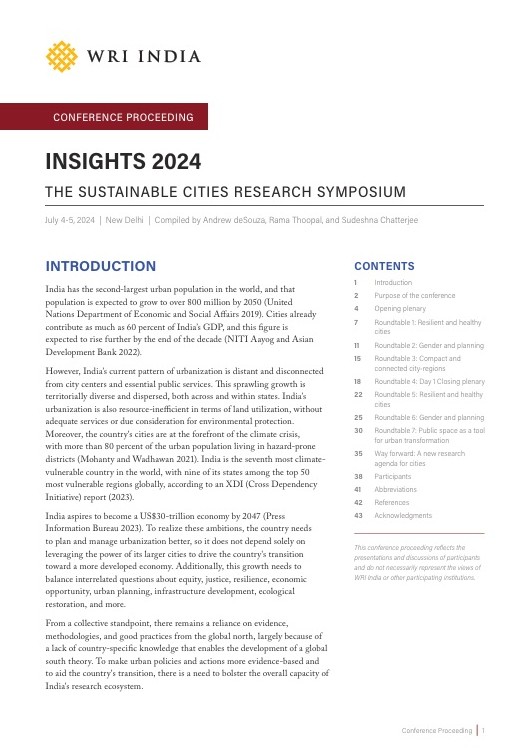Decoding Subnational Climate Budgeting in Mumbai and Maharashtra
by , e -
The Brihanmumbai Municipal Corporation (BMC) recently launched Mumbai's first-ever climate budget for the year 2024-25. This makes it the first urban local body in the country and fourth globally, after Oslo, New York and London, to have launched a climate budget. While Mumbai, has been expanding and institutionalizing their Environment and Climate Change Department, the Government of Maharashtra (GoM) also institutionalized their State Climate Action Cell in 2023 and is currently revising its State Action Plan for Climate Change (SAPCC). WRI India has been supporting both the GoM and the BMC as knowledge partner in furthering their climate goals through various initiatives.
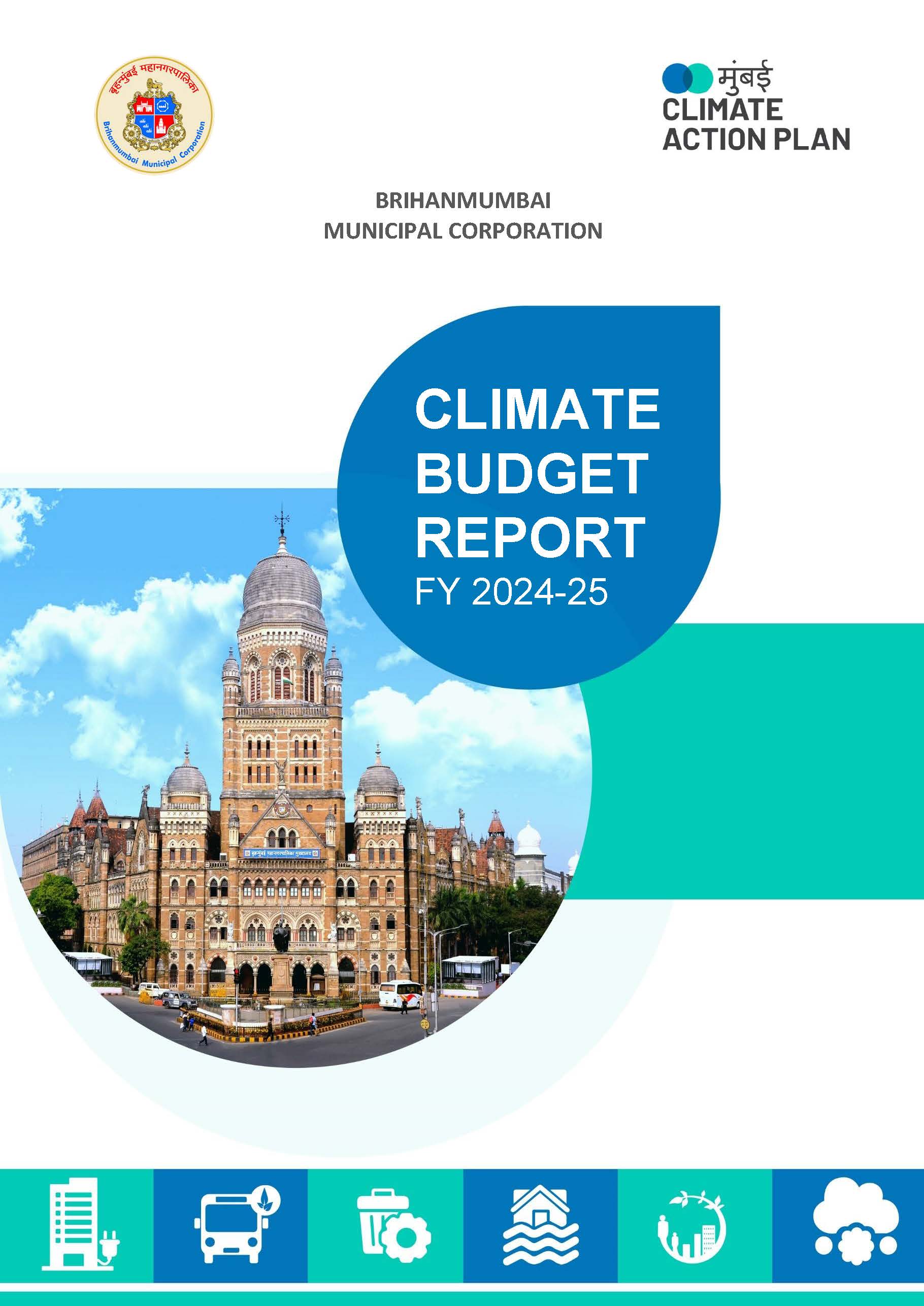
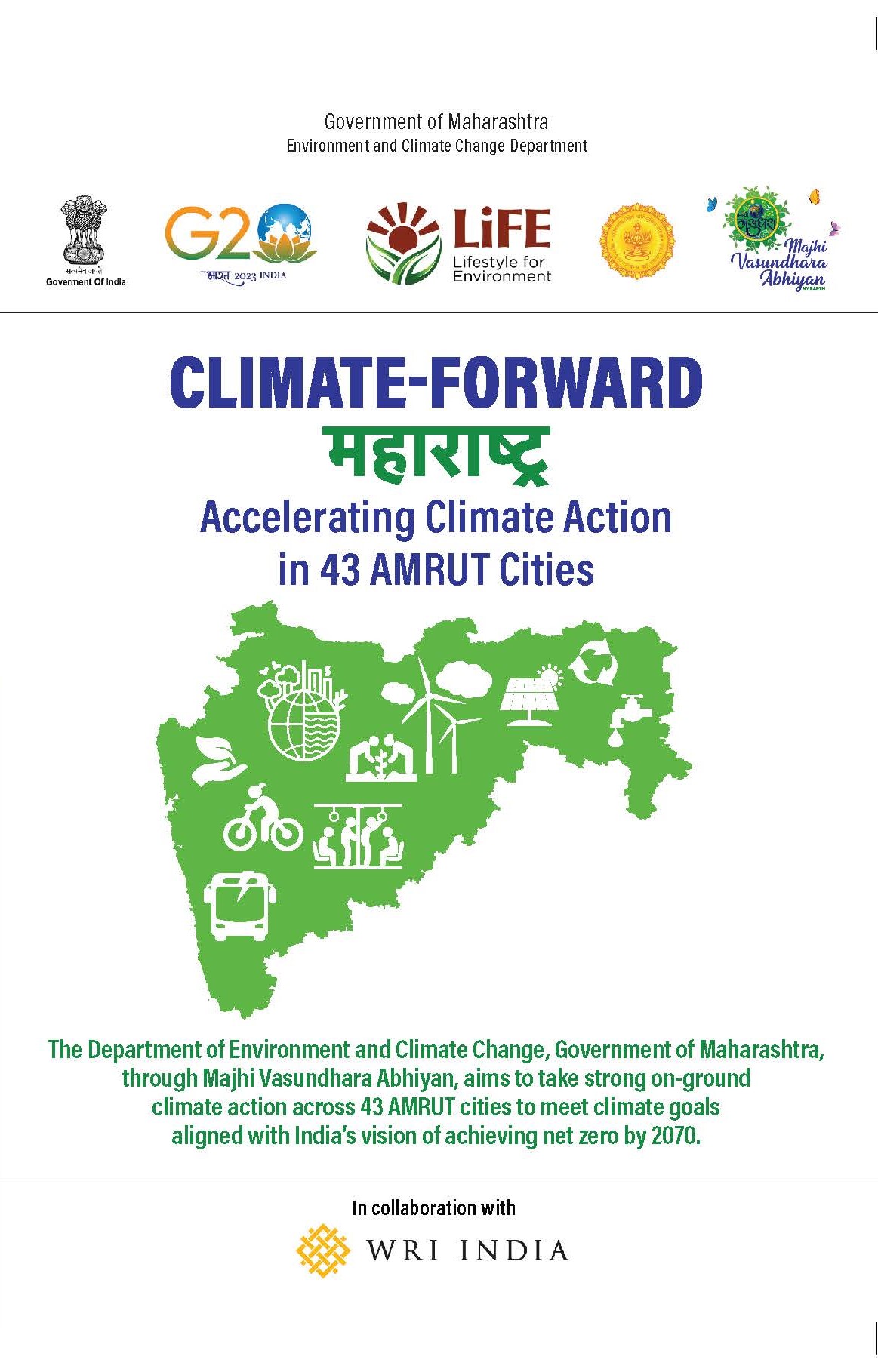
Maharashtra is the third-most vulnerable state to hydromet disasters in India. In the past two months, Mumbai has issued mutiple heat wave warnings, seen a devastating storm and undertaken pre-monsoon preparedness activities. While mitigation measures are being considered to reduce greenhouse gas emissions, the GoM and BMC are also taking steps to build climate adaptation and resilience at the state and city level.
Financial flows towards climate adaptation in India show that the funding majorly comes from domestic sources. Central and state government budgets play a significant role in enabling mitigation in sectors such as clean transportation and clean energy, while city and municipal budgets provide deeper insight into on-ground projects and activities. The latter often include allocations for urban services that can help residents cope with the impacts of climate change. Understanding how governments allocate money on climate action, especially at the subnational level, is essential to help states and urban local bodies (ULBs) achieve their climate goals.
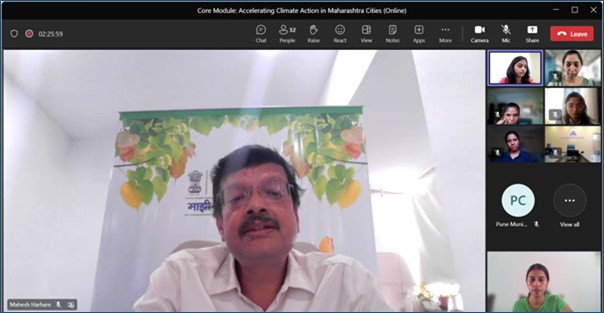
WRI India looked at government allocations on non-salary, revenue and capital expenditures for Maharashtra’s FY 2023-24 budget and for Mumbai’s climate budget for FY 2024-25. Climate budget assessment usually precedes proactive climate budgeting and more comprehensive green finance frameworks. It also serves as a good baseline for future planning. With successive budget cycles, it can help mainstream climate action into the governance processes of state and city departments. For the 14 state departments that the team focused on, 9% of the state’s FY 2023-24 total revenue and capital expenditure budget was found to be highly climate relevant, with a primary focus on improving climate resilience and mitigation. Of the total state budget, 5% was allocated for adaptation and 2% each for resilience and mitigation. This high climate-relevant expenditure was part of the schemes implemented by the state departments of urban development, revenue and forest, rural development, water supply and sanitation, agriculture, animal husbandry, fisheries, industry, energy and labor.
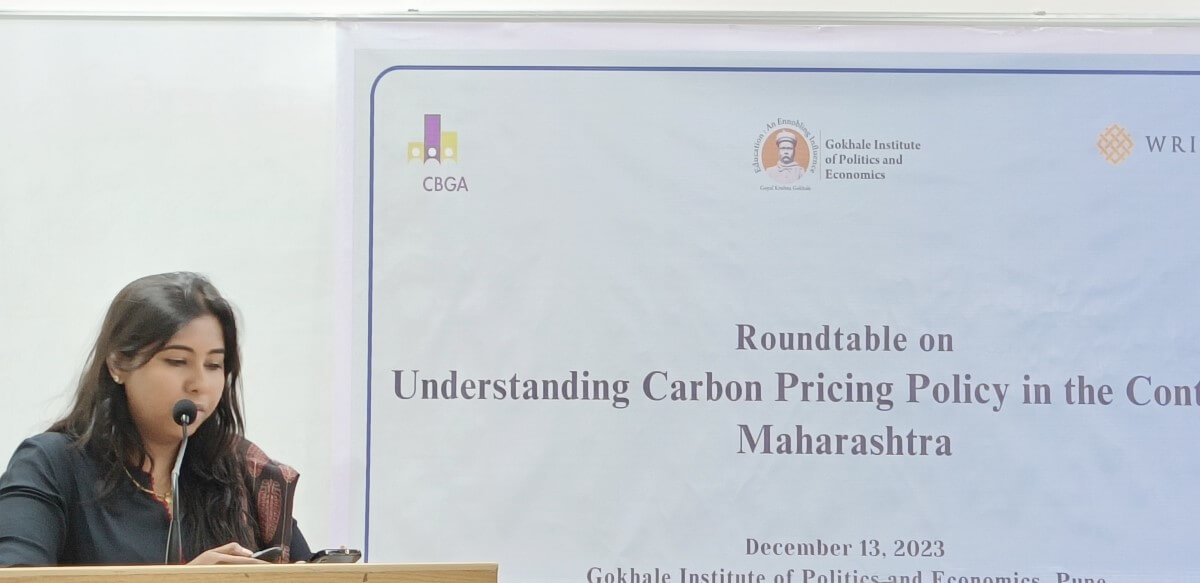
In Mumbai, 20 departments were involved in the climate budgeting process. Of the BMC’s total capital expenditure budget for FY 2024-25, 32.18% was estimated to be climate relevant. An additional 6.81% has been allocated towards activities that integrate some components of the Mumbai Climate Action Plan (MCAP), such as the installation of LED lighting, rooftop solar and sewage treatment plants, and greening and landscaping in BMC’s new construction projects. An estimated 19% of the total capital expenditure budget has been allocated for mitigation-focused activities, 6% has been allocated for adaptation-focused activities and 7% has been allocated for resilience-focused activities.
The Mumbai Sewage Disposal Project (MSDP), Storm Water Drains (SWD) and Water Supply Projects (WSP) departments have the highest climate-relevant allocation for activities such as wastewater management, sewage treatment facilities, tackling flood hotspots, water treatment and desalination plants. Out of the total capital and revenue expenditure budget of Maharashtra’s urban development department for FY2023-24, 16% is estimated to be highly climate relevant. Of this 16%, a majority of the allocations – 38% and 40% respectively – are for AMRUT 2.0 and Swachh Bharat Mission, which focus on clean sanitation and solid waste management. Allocations for storm-water drainage was another 19%, while transport received only 3% climate-relevant allocation. Within the 3% allocated for transport, the focus on just transition and inclusion while planning transport policies and projects is missing, with less than 0.5% allocated towards gender-related schemes like the Tejaswini Ladies Bus Service Scheme. Similarly, the lowest climate-relevant allocation at the city level was observed within the transport, education, disaster management, roads and traffic, and development planning departments. Allocations for sustainable transport, disaster preparedness and urban greening initiatives are negligible at both the state and city levels.

Greater coordination between the budgetary processes of the city and the state can help identify underfunded urban climate activities. Climate budget tagging and assessment, like in the case of Maharashtra and Mumbai, can help subnational governments institutionalize planning and implementation of climate action . Furthermore, it can enable more proactive climate budgeting, ensure climate-aligned implementation of the bureaucracy’s existing priorities, monitor progress towards their climate goals, identify funding gaps and potentially help bridge those gaps through external financing mechanisms. Well-integrated climate budgeting processes at the subnational level can help increase investment and have a greater impact on urban climate action.
All views expressed by the authors are personal.

